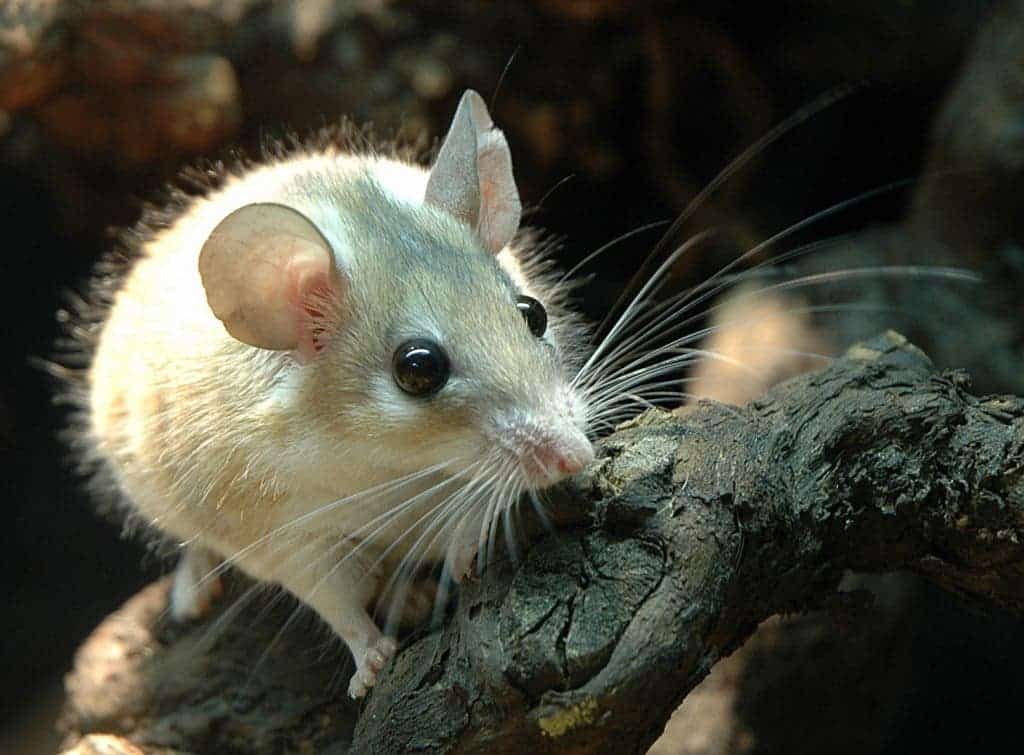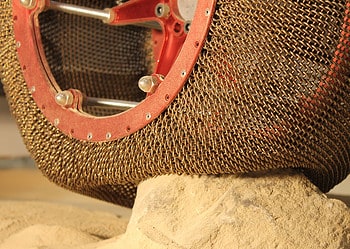The spiny mouse could usher in a new generation of women reproductive studies. It’s good news for us, but perhaps not good news for the rodents.

Mice are a mainstay in biological studies, but when it comes to menstrual or female reproductive studies, there’s a big problem: mice don’t have a menstrual cycle. But now, scientists from the Monash University in Australia have found a species which defies this law: the spiny mouse.
“When you do science you’re not surprised at anything — but wow, this was a really interesting finding,” says Francesco DeMayo, a reproductive biologist at the US National Institute of Environmental Health Sciences in Research Triangle Park, North Carolina, who was not involved in the work.
The team found that the female mice averaged a 9-day menstrual cycle and spent three days — or 20 to 40 percent of their cycle — bleeding. This ratio is similar to that in women, who typically bleed for 15–35% of their 28-day cycle.
To come up with these figures, they flushed the animals’ vaginas with saline solution daily for 18 days. Then, to ensure that the procedure itself isn’t causing the bleeding, they did the same for five common lab mice. They also dissected uteri taken from four mice, each at a different stage in their menstrual cycle.
From strictly an animal biology point of view, the discovery is intriguing. Why did only one mouse species evolve a menstrual cycle? No one really knows at this point. But the main interest comes from human medicine. There’s a reason why we often conduct mice studies – because they’re simple creatures, and yet similar to humans in many regards.
What the Monash team found out now could usher in a new “guinea pig” for many experiments. It’s an unfortunate fate for the spiny mouse, but we may be able to learn a lot from it. Or I could simply be speculating; at this point, it’s simply not clear.






